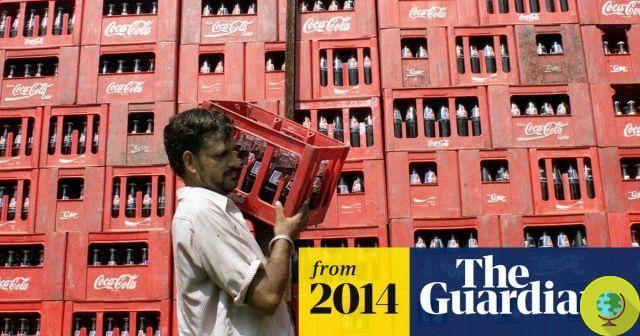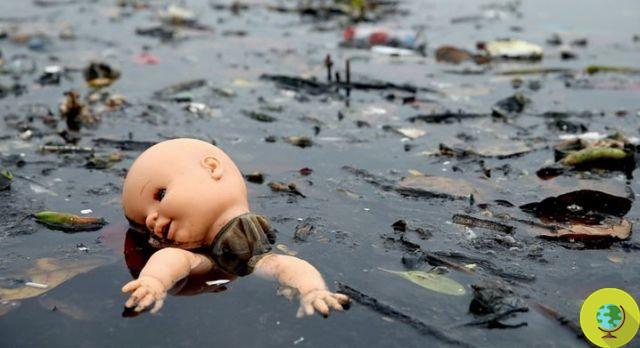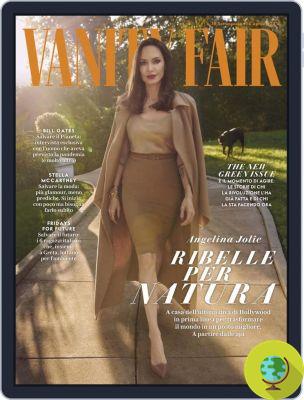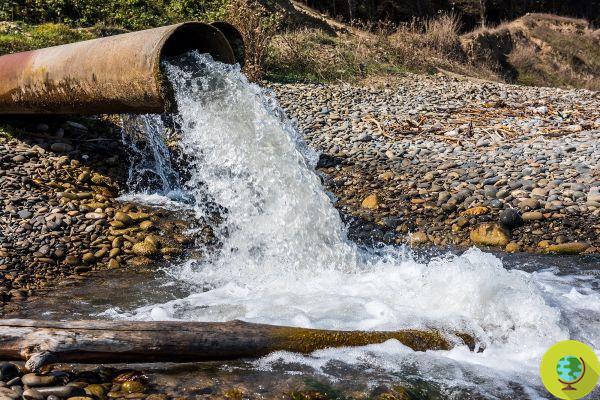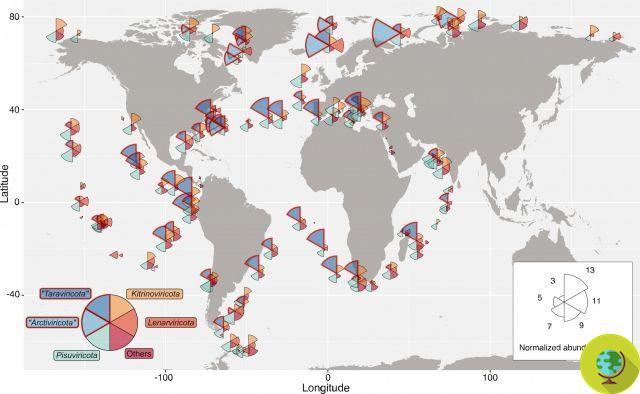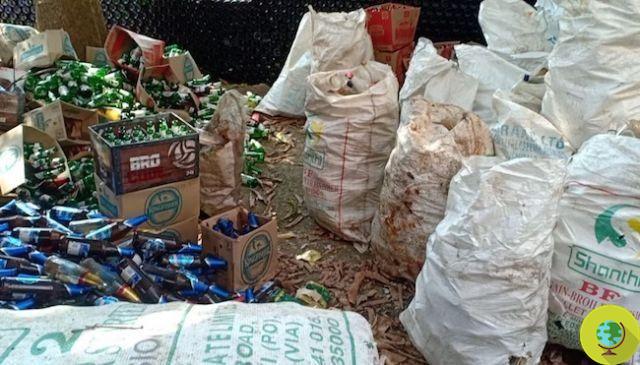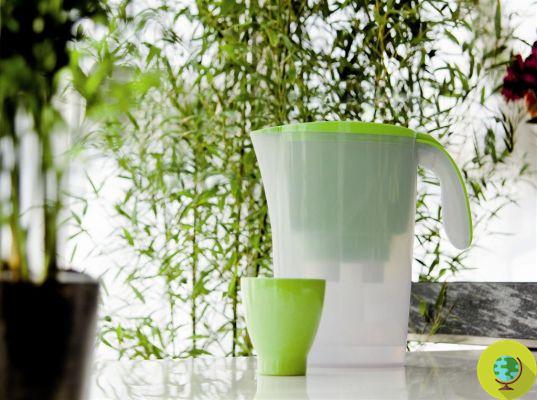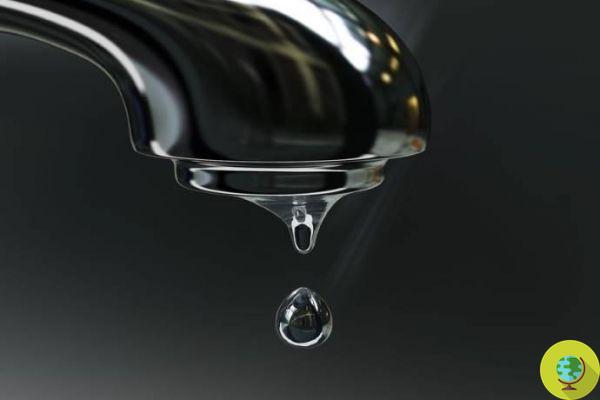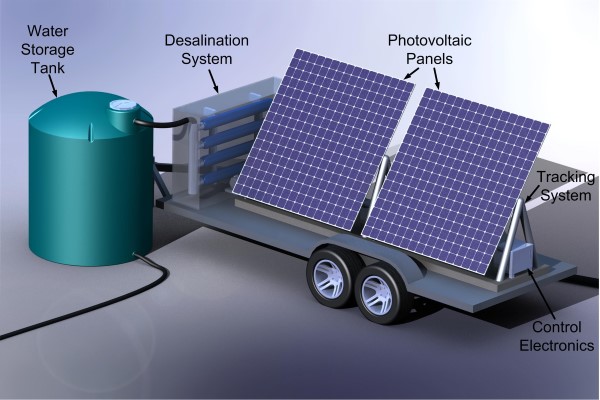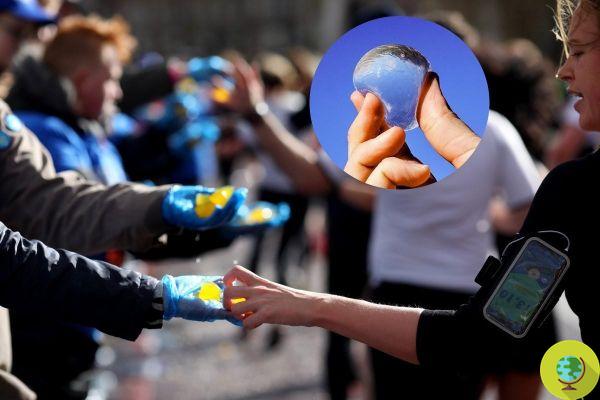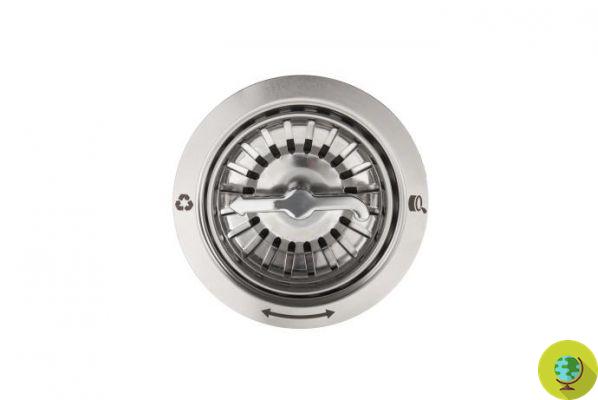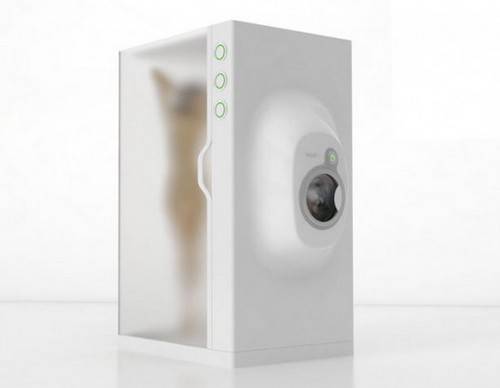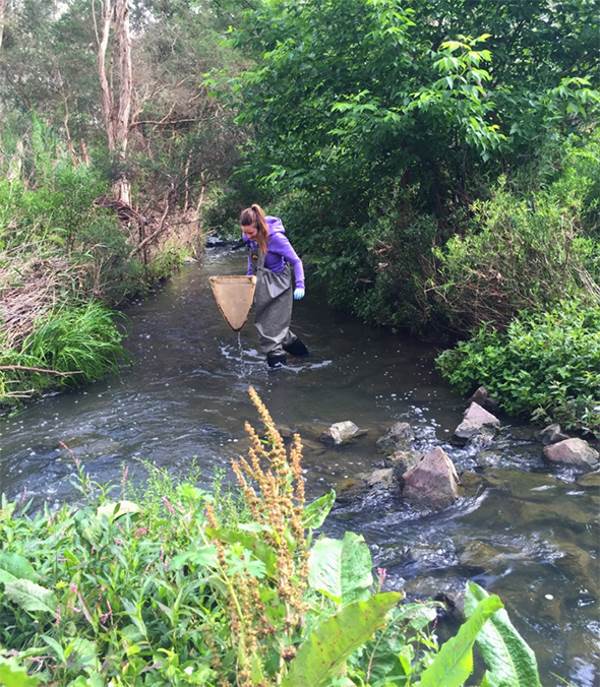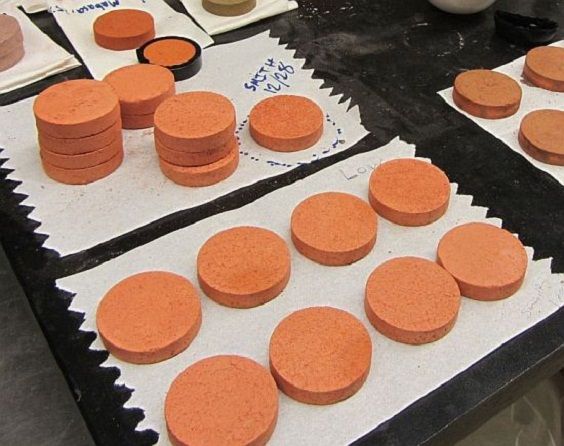In steel or aluminum, water bottles are becoming increasingly popular and even for the most distracted, it is very easy to avoid pathogenic microorganisms.
He is about to end up run over, his mother saves himHygienic safety of water bottles: how much do we know? Not washing them often means giving rise to fungi and harmful microorganisms or can we afford to keep them with us even for several days without even rinsing? What is true is that, in steel or aluminum, water bottles are fortunately gaining ground and that in any case, even for the most distracted users it remains very easy to avoid pathogenic microorganisms.
Pending new more in-depth studies that demonstrate thepossible release of metals and other substances from the same bottles (in fact all have been found to comply with the law), one thing remains certain: if we continue to use plastic bottles at the fast pace of today, by 2050 we will have more plastic waste than fish in our seas. The only thing to do then? Continue to prefer the reuse of containers.
Index
The analyzes of Il Salvagente
The study was carried out on common water bottles used by 20 people for 7 days. Three categories of case studies and for all three were scheduled initial checks, after two days, 4 days and 7 days. Furthermore, the water used for the study was always supplied from the same tap in accordance with the parameters of Legislative Decree 31/2001.
The distracted
A sample of 10 people were given a washed bottle on day 0 of the study. They used the bottle for 7 days and refilled it when the water ran out and senza mai wash it with soap. Subsequently, microbiological tests were carried out on the water contained in the bottle and on the surface of the bottle itself by sampling with swabs.
The picky ones
A sample of 10 other people were given a washed bottle on day 0 of the study. Instead, they had to use the bottle for 7 days and refill it when the water ran out, but washing it every day at the end of the day for the week of use. Also in this case, microbiological tests were carried out both on the water that was in the bottle and on the surface of the bottle itself by sampling with swabs.
The forgotten bottle
Finally, 3 bottles were washed on day 0, topped up with water and left unused for 7 days with the cap closed. At the end of seven days, a microbiological analysis was carried out on the water contained in the bottle and on the surface of the water itself. In this case we are therefore taken into what happens when the bottle is not used for a few days.
As we read, the study, carried out by storing the bottles at room temperature, “evaluated the potential microbiological contamination and possible exposure to contaminants of the aluminum bottles”.
The results
As the study shows, all the samples were analyzed at T0, that is, immediately after washing and filling, to check for any contamination present from the beginning. "The presence of microorganisms already at this stage would have prevented the continuation of the study".
Well, in all cases the laboratories have measured theabsence of pathogenic microorganisms in all times of analysis and in all conditions to which the water and surface swabs have been subjected, as well as the total bacterial load was very low.
In particular, the bottles of case 1 - not washed for the entire duration of the study - had a significant increase in the bacterial load of the water contained up to a concentration of 10 ^ 5 seven days after not washing. However, pathogenic microorganisms were not present at all times of analysis.
"The surface swabs carried out at the exit hole of the bottle (the one we drink from) showed a slight increase in bacterial load".
Even the bottles of case 2 showed the absence of pathogenic microorganisms and almost absent total bacterial load. Even the surfaces have never exhibited a noteworthy growth of microorganisms, except in some sporadic cases.

© The Lifebuoy
The bottles of case 3, the "forgotten" ones, had a slightly increasing total bacterial load in the last two analysis times, but also in this case the presence of pathogenic microorganisms did not occur. In this case the surfaces are not completely free from microorganisms as in the previous case and the inside of the bottle had a bad smell. In short, the water inside should not be left.
How to clean water bottles
Rule number one is to avoid stagnation and at least rinse them regularly. If you use only water, one cleansing a day is enough, if instead we use tea or juice, it is better to do it immediately after drinking. Below you will find all our tips on how to wash each type of bottle:
Source: Il Salvagente
Aluminum and steel water bottles release traces of metals and phthalates. The new study
Read also:
- DIY detergents: 5 ways and recipes to make stainless steel shine
- Baking soda: 6 cases where NOT to use it
- How to clean the mocha: 5 tricks and 5 mistakes not to make with the coffee maker




